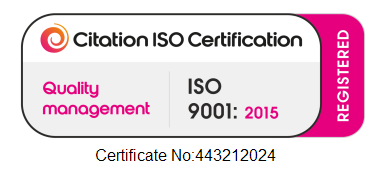What is the importance of World Password Day?
Passwords are a ubiquitous part of our digital lives. We use them to access our email, bank accounts, social media profiles, and countless other services. Yet, despite their importance, many people still use weak and easily guessable passwords. In fact, according to recent surveys, the most commonly used password is still “123456.”
This is why World Password Day, which takes place on the first Thursday in May, is so important. It’s a day to raise awareness about the importance of strong passwords and encourage people to take steps to protect their online identities. In this blog post, we’ll explore why strong passwords matter and provide some tips on how to create and manage them.
Why Strong Passwords Matter

The primary purpose of a password is to protect our personal information and assets from unauthorized access. A weak password makes it easy for hackers to guess or crack, putting our sensitive data at risk. This includes financial information, personal data, and even our digital identities.
But the risk doesn’t end there. Once a hacker gains access to our account, they can use it to carry out a range of malicious activities. This can include stealing our identity, sending spam emails, or even infecting our devices with malware. In extreme cases, hackers can also use stolen credentials to gain access to more sensitive systems, such as corporate networks or government databases.
Creating Strong Passwords
So, how can we create strong passwords that are difficult for hackers to guess or crack? Here are a few tips:
Use a mix of characters: A strong password should include a mix of uppercase and lowercase letters, numbers, and symbols. Avoid using common words or phrases, and don’t include personal information such as your name or date of birth.
Make it long: The longer the password, the harder it is to crack. Aim for a minimum of 12 characters, and consider using a passphrase instead of a single word.
Don’t reuse passwords: Using the same password for multiple accounts is a big no-no. If a hacker gains access to one account, they can easily use the same credentials to access others.
Use a password manager: It can be challenging to remember multiple strong passwords, which is where password managers come in. These tools can securely store your passwords and automatically fill them in when you log in to a website or app.
Managing Your Passwords
Creating strong passwords is just one part of the equation. You also need to manage them effectively to ensure your accounts remain secure. Here are a few tips:
Change your passwords regularly: While it’s not necessary to change your passwords every month, it’s a good idea to do so every few months, especially for accounts that contain sensitive information.
Enable two-factor authentication: Two-factor authentication adds an extra layer of security by requiring a second form of authentication, such as a code sent to your phone or email.
Be wary of phishing attacks: Phishing attacks are when hackers send emails or messages pretending to be from a legitimate source to trick you into giving them your password. Be cautious when opening emails or clicking links, and never give out your password unless you’re sure of the source.
To sum it up...
In today’s digital age, strong passwords are more important than ever. They are our first line of defense against cyberattacks and can help protect our personal and financial information. World Password Day serves as a reminder to take our passwords seriously and take steps to ensure they remain secure. By following the tips outlined in this post, you can create and manage strong passwords that will help keep your online identity safe.
If your business is looking for security services, we may be able to help.

We cover:
- Endpoint Security
- Security Management
- Security Awareness Training
- Email Protection
And much more!







